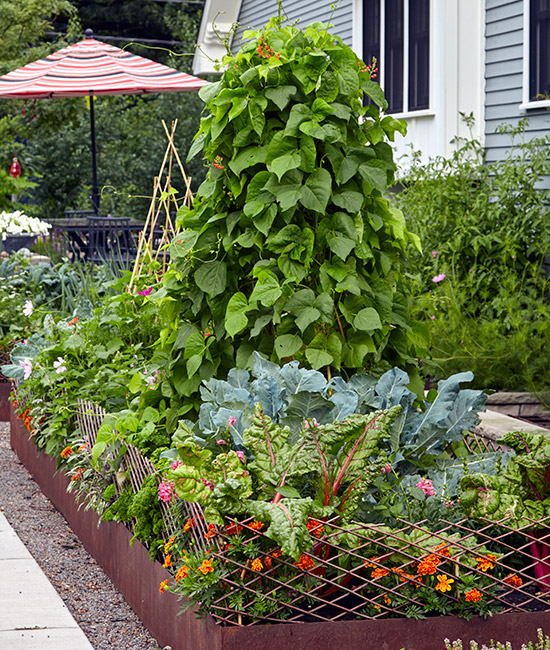
Small garden spaces hold immense potential for creativity and innovation. With the right layout, even compact areas can become lush, vibrant retreats offering beauty and functionality. Whether you have a tiny backyard, petite patio, or balcony, clever designs can maximize your space and enhance your outdoor living experience. This guide explores imaginative layouts to help you turn your small garden into a personal oasis.
1. Vertical Gardening
An innovative approach to small garden layouts, perfect for maximizing space in urban environments. By utilizing walls, trellises, and stacked containers, gardeners can grow a variety of plants, from herbs to vegetables, in minimal square footage. This method not only enhances the aesthetic appeal of a space but also improves air circulation and sunlight exposure for healthier plants. Vertical gardening is an ideal solution for those looking to cultivate a lush, green oasis in tight quarters, making the most of every inch available.
2. Container Gardening
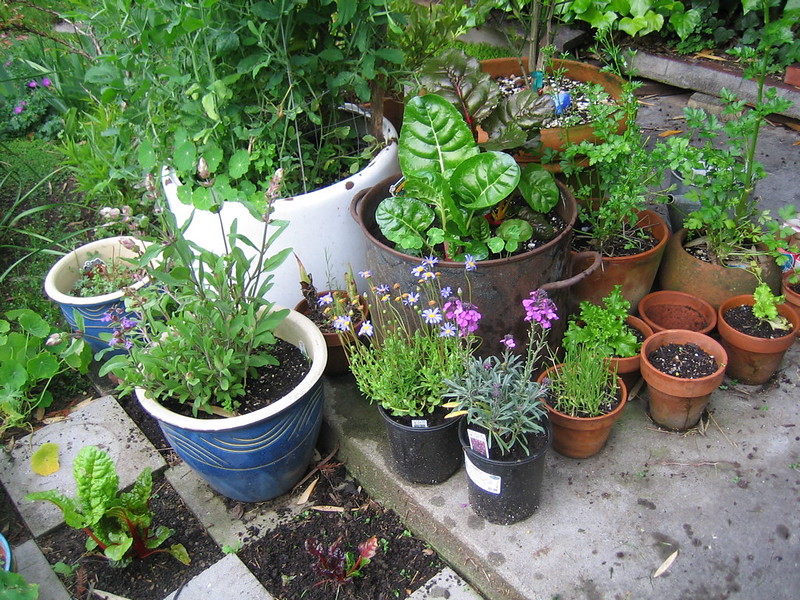
By using pots, planters, and other containers, you can create a lush garden on balconies, patios, or even windowsills. This method allows for easy mobility, optimal soil control, and the ability to grow a variety of plants, from flowers to vegetables. Ideal for urban living, container gardening brings greenery and nature into compact spaces, making it accessible for anyone with a passion for gardening.
3. Hanging Planters

Perfect for small garden layouts, utilizing vertical space to add greenery without taking up floor area. These versatile planters can be suspended from ceilings, balconies, or walls, ideal for urban living. Great for herbs, flowers, and small vegetables, they maximize your garden area and enhance home decor. With various designs and materials, hanging planters create a lush, dynamic oasis in compact spaces.
4. Garden Mirrors
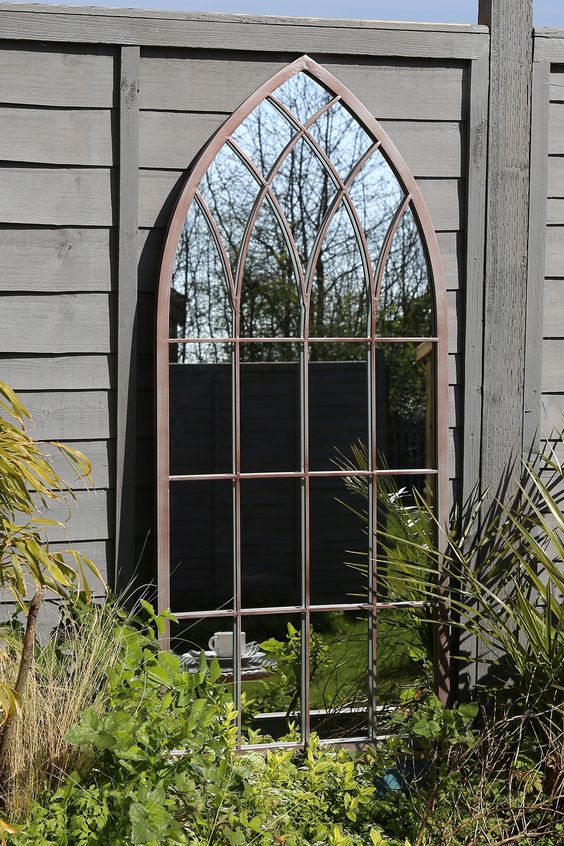
Garden mirrors make narrow gardens appear wider and transform dull corners into charming focal points. Weather-resistant frames ensure durability, blending seamlessly with greenery and decor. They add depth, light, and beauty, enhancing the overall aesthetic of any small garden. Simple yet effective, they elevate your outdoor space effortlessly.
5. Repurpose an Old Step Ladder to Display Plants

Repurposing an old step ladder to display plants is a brilliant and eco-friendly way to create a charming small garden layout. By transforming this everyday item into a multi-tiered plant stand, you can maximize vertical space, making it perfect for compact gardens or patios. Simply sand and paint the ladder to match your garden’s aesthetic, then arrange your favorite potted plants on each step. This setup not only adds visual interest and height variation to your garden but also makes it easier to care for your plants.
6. Use Blue and Purple Colored Flowers
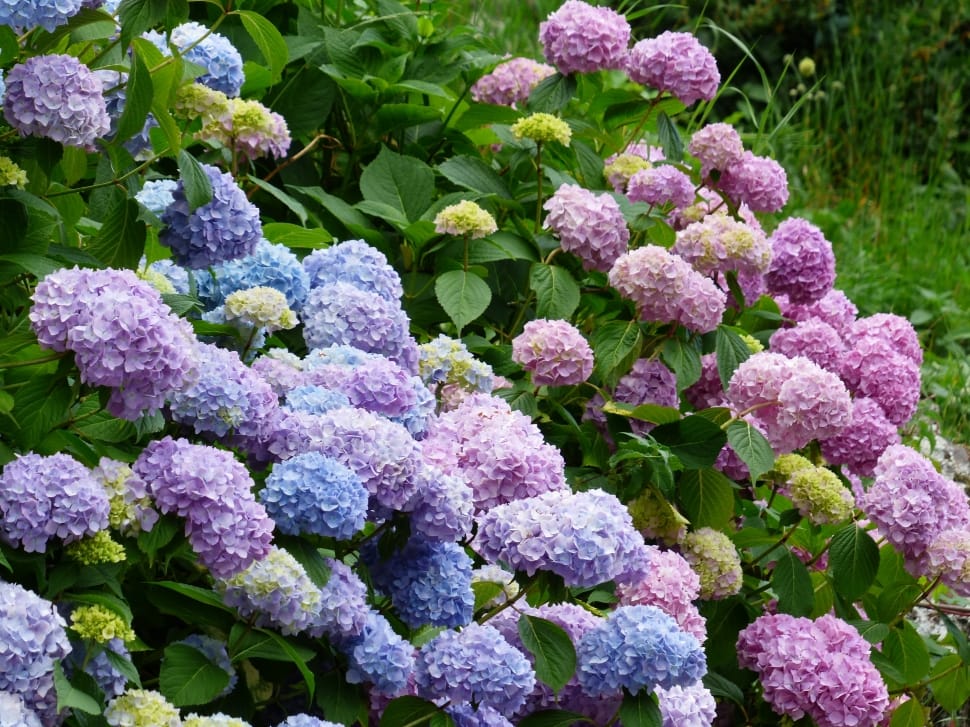
Incorporating blue and purple colored flowers into a small garden layout transforms it into a serene oasis. Blooms like lavender, hydrangeas, and delphiniums add vibrant color and create a calming atmosphere. These cool tones enhance the garden’s depth, making it appear larger and more inviting. Additionally, they attract pollinators like butterflies and bees, boosting your garden’s ecology. Embrace these hues to elevate your small garden into a peaceful retreat.
7. Grow a Lattice Green Wall

Creating a lattice green wall is a smart way to add greenery to small garden spaces. By installing a lattice framework and training climbing plants like ivy or jasmine, you can create a lush, vertical garden. This layout enhances privacy, provides natural cooling, and requires minimal ground space. Ideal for compact areas, a lattice green wall quickly transforms any small garden into a verdant retreat. Enjoy vibrant foliage and fragrant blooms in even the tiniest of outdoor spaces.
8. Pathways and Stepping Stones
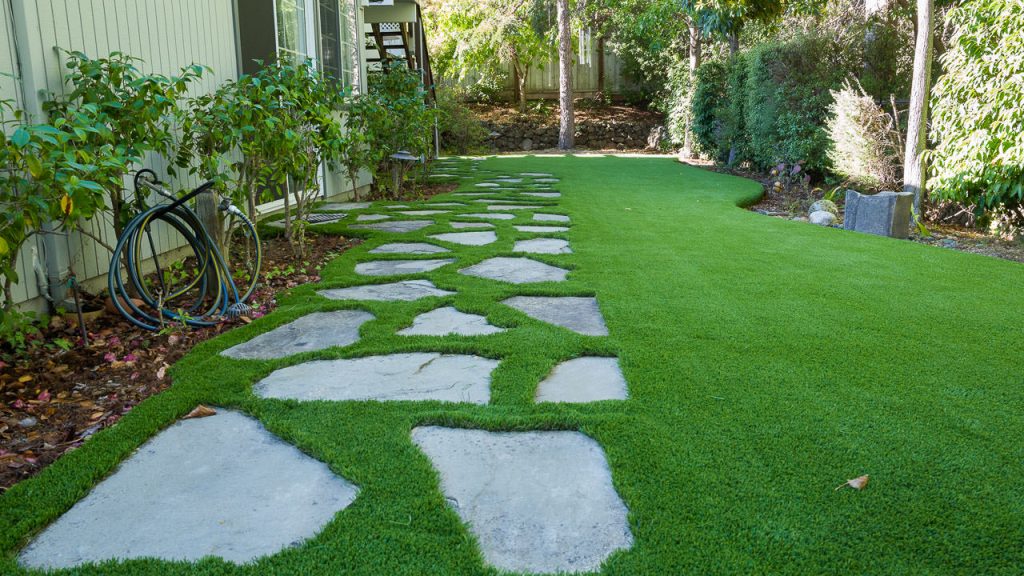
Pathways and stepping stones bring charm and practicality to small garden layouts, creating clear routes and enhancing visual appeal. These elements guide visitors while protecting plants and minimizing soil compaction. Using materials like stone, gravel, or wood, they blend naturally into the landscape, adding a rustic touch.





















